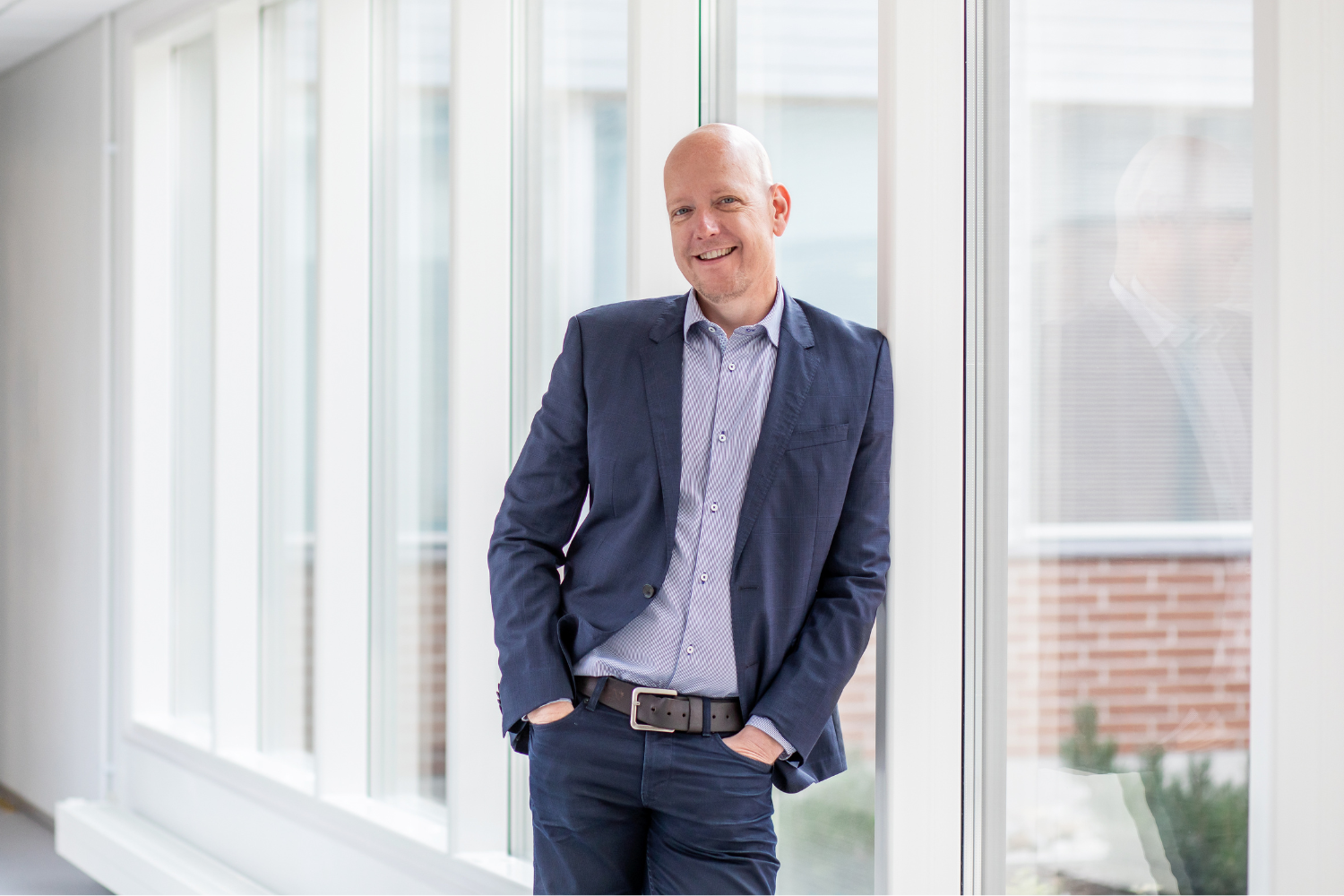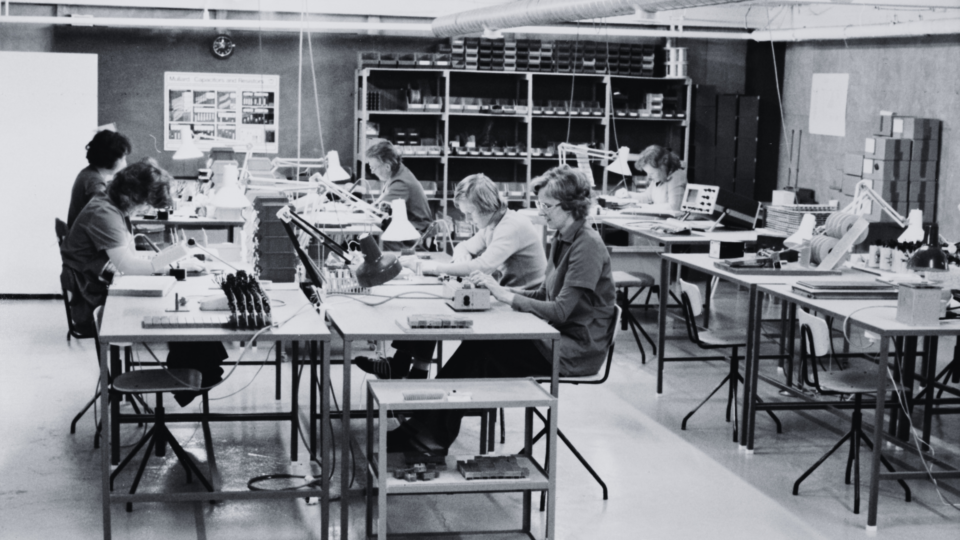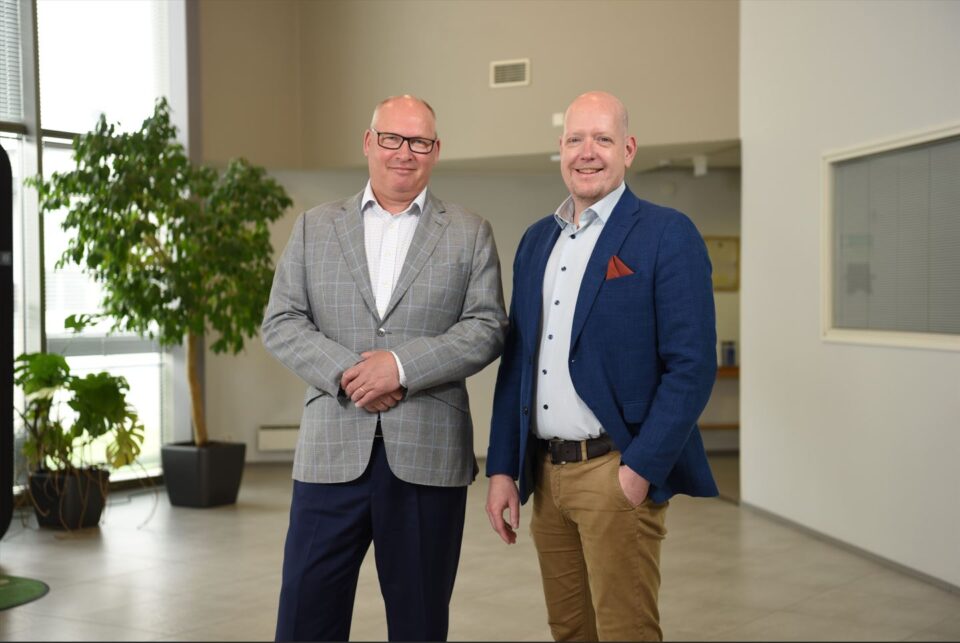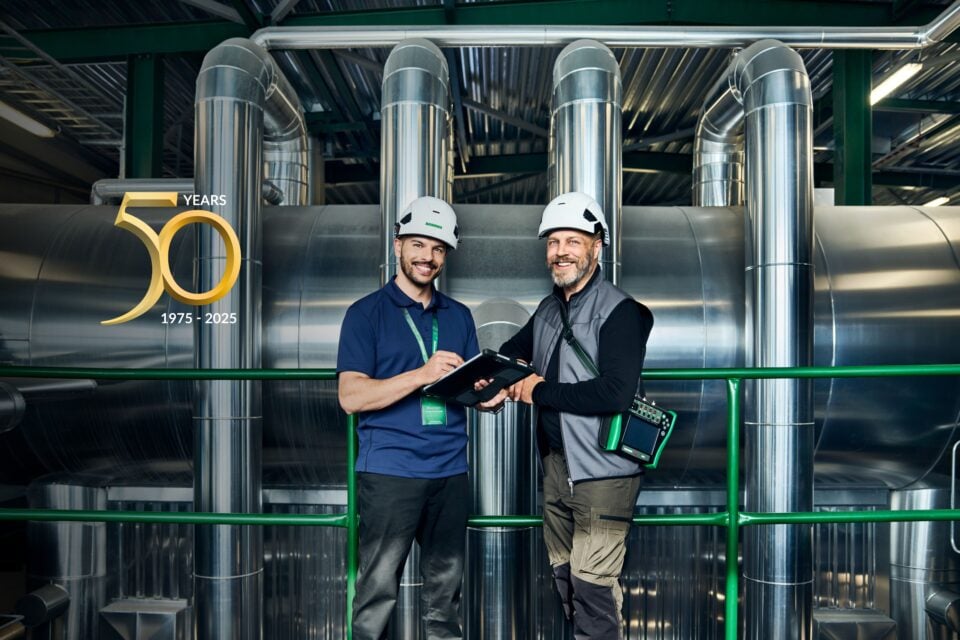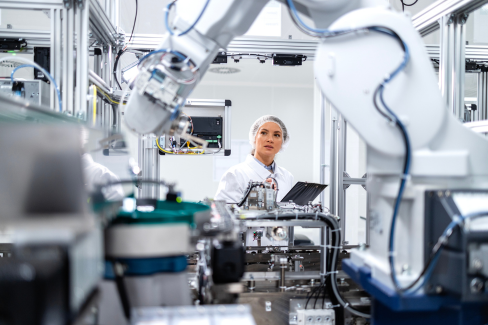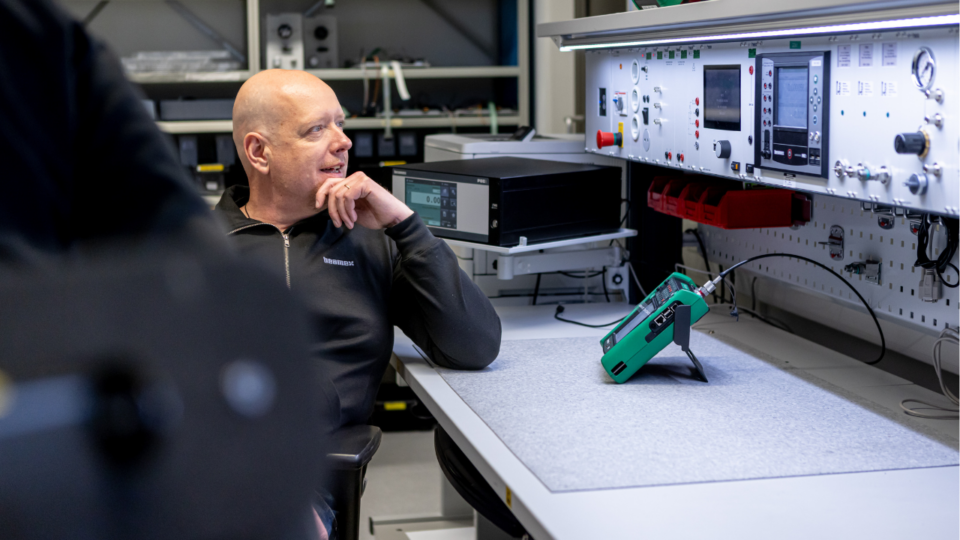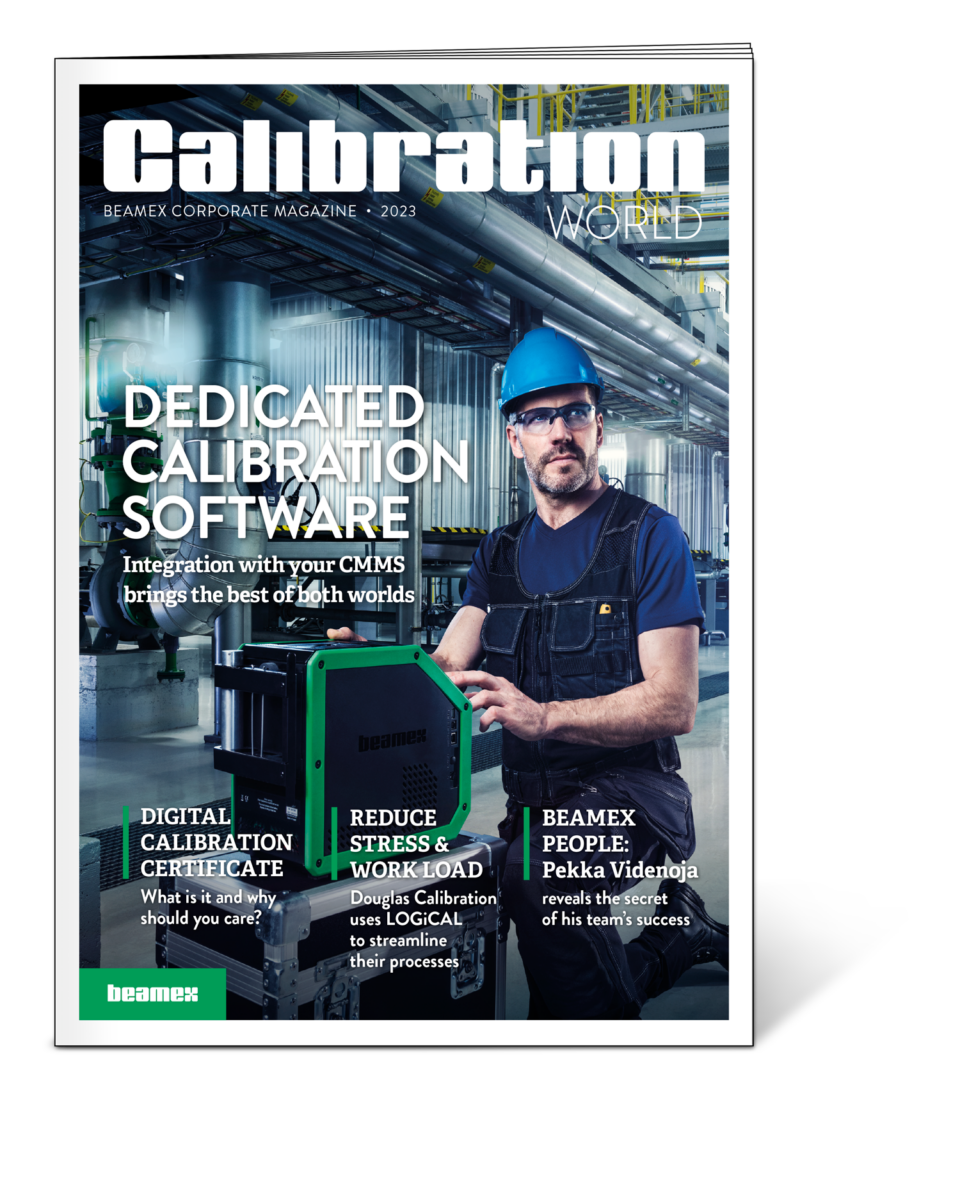
IT/OT convergence is facing a critical skills shortage: Education is to blame
Jan-Henrik Svensson, CEO, Beamex
For years, I have advised students and professionals alike that the most important skill they can develop is the ability to keep learning. Today, I would refine that advice: learning how to use technology to enhance your work is just as critical. As IT/OT convergence rapidly transforms industries, professionals who do not embrace this mindset will struggle to keep up.
The changing skill landscape
Traditionally, operational technology (OT) experts specialized in automation, instrumentation, and control systems, while IT professionals focused on networking, programming, and cybersecurity. These domains operated separately, each with distinct priorities and expertise. However, digital transformation is reshaping the industry, and IT/OT convergence is breaking down these silos.
It is no longer sufficient for an automation engineer to understand only PLCs and SCADA systems—they must also be familiar with cybersecurity, data science, and IT architecture. However, expecting every engineer to master multiple disciplines is not realistic.
Instead, success comes from fostering collaboration between IT and OT specialists. Companies that recognize this will build teams with integration specialists—professionals who bridge the gap and enable seamless communication between automation engineers, data scientists, cybersecurity experts, and digital twin specialists.
Addressing the hiring challenge
Many companies face the same challenge: hiring for IT/OT convergence is increasingly difficult. The demand for cross-disciplinary skills is outpacing supply, driving up salaries and consultancy fees. For some businesses, securing external expertise at these costs is unsustainable.
Additionally, the rapid pace of technological change means that even recent graduates often lack the necessary skills. Universities are still adapting their curricula, leading to a gap between industry needs and available talent. A highly skilled instrumentation technician, for example, may have expertise that is too specialized for a modern IT/OT convergence strategy.
To address this, companies must invest in internal training programs. At Beamex, we prioritize hiring individuals with the right mindset and motivation and then provide structured training to help them succeed. For example, we expose automation engineers to IT environments and conduct cybersecurity training to ensure employees understand the risks associated with digital integration. Since skill gaps can introduce operational risks, we implement structured learning programs to mitigate potential threats.
One company taking an active approach to this challenge is Blackstone, which established the Data Center Academy under its Career Pathways program to address the shortage of IT/OT talent. This initiative provides mentorship, internships, and leadership development, helping interns transition into full-time roles while promoting diverse hiring. Such structured programs demonstrate how companies can effectively bridge the IT/OT skills gap.
The role of education and knowledge preservation
A respected expert in industrial automation once stated that the only way to ensure OT security was complete isolation—keeping IT and OT entirely separate. While this approach was valid in the past, modern IT security strategies offer alternative solutions that balance security with operational efficiency.
This highlights a critical issue: education must evolve. If professors and industry veterans continue teaching traditional methods without incorporating IT/OT convergence concepts, the industry will face significant challenges. To stay ahead, professionals must take the initiative:
- If you work in IT, develop knowledge of automation and instrumentation.
- If you are in OT, take IT and cybersecurity courses.
- Do not wait for universities to update their curricula—be proactive in expanding your skill set.
A strong example of IT/OT education in manufacturing is Siemens’ electric motor factory in Bad Neustadt, Germany. By investing in IT/OT integration, the factory empowered its teams with greater control over machine and process data, resulting in improved productivity and competitiveness.
While IT/OT convergence is the future, it is also crucial to preserve legacy skills that keep critical industries running. In sectors such as nuclear power, where strict separation is necessary for safety, moving too quickly toward convergence could create dangerous skill gaps.
There have already been cases of companies recalling retired engineers due to a lack of expertise in outdated systems. For instance, Raytheon brought back engineers in their 70s to restart Stinger missile production because the company faced challenges with outdated blueprints and equipment.
Similarly, Los Alamos National Laboratory has raised concerns about the sustainability of FORTRAN in mission-critical nuclear security projects. Their 2023 report highlights the struggle to find qualified engineers since FORTRAN is no longer widely taught in universities. To address these challenges, organizations are increasingly adopting AI-driven knowledge management systems to document expertise before key employees retire.
In the next five years, IT/OT convergence will become standard practice in many industries. However, some sectors will still require strict separation, creating the risk that niche skills could disappear as experienced professionals retire.
Beamex’s 50-year journey illustrates how companies can thrive by embracing change while preserving critical expertise. By continuously evolving its calibration and automation solutions to align with IT/OT convergence, Beamex has ensured that it remains at the forefront of digital transformation. Its success underscores an essential lesson: organizations that invest in training, knowledge-sharing, and adaptability will lead the future.
You might also find interesting

For a safer and less uncertain world
Welcome to our series of topical articles where we discuss the impact that accurate measurement and calibration has on the world and our everyday lives.
